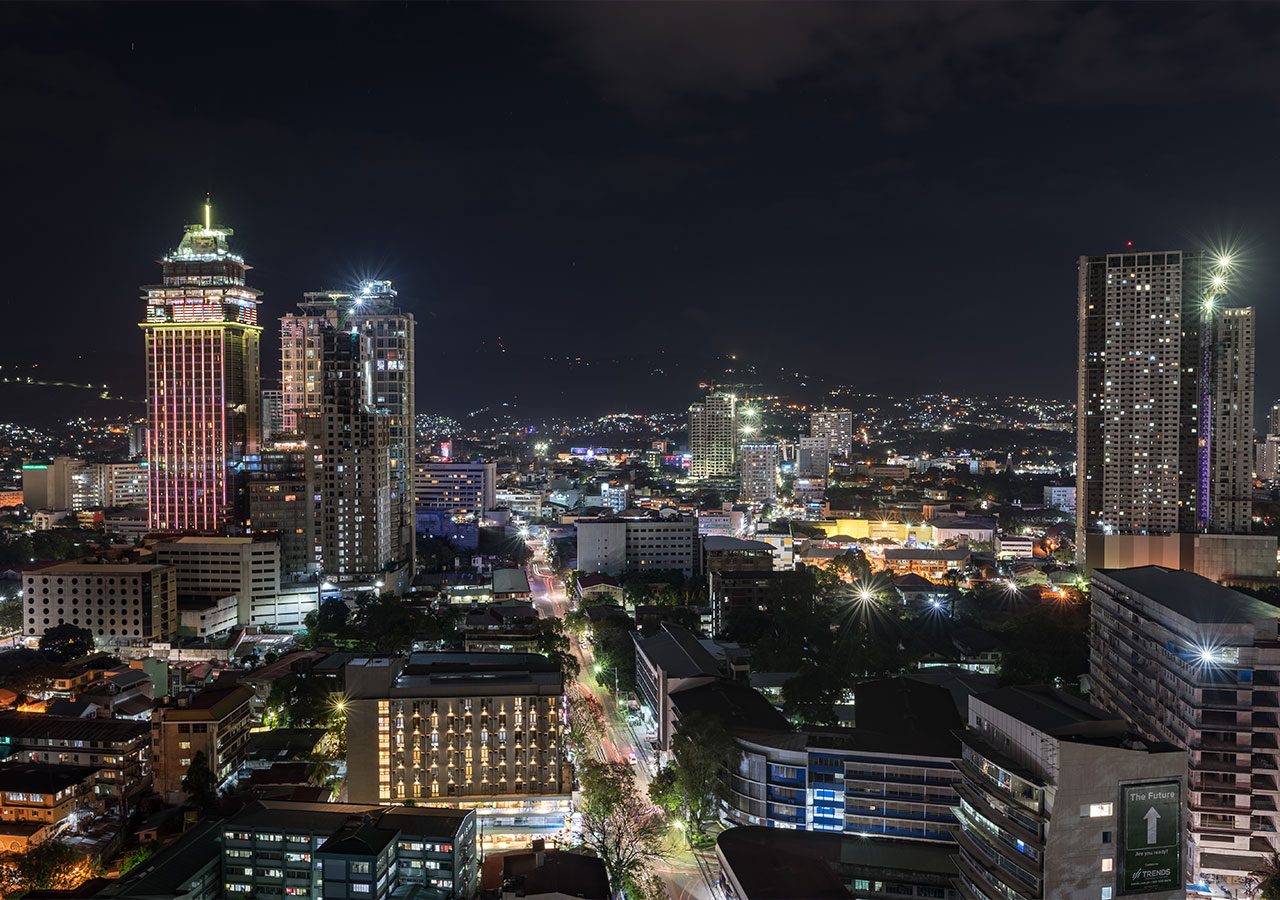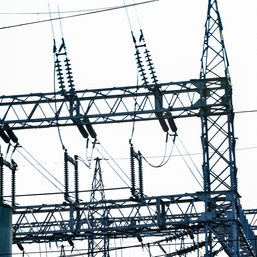SUMMARY
This is AI generated summarization, which may have errors. For context, always refer to the full article.

CEBU, Philippines – Cebu City’s deal with New Sky Energy Incorporated (NSEI) for a waste-to-energy (WTE) facility could potentially meet half of the city’s daily power requirement and help stabilize the cost of energy for the country’s sixth most populous city, a local official said.
“If there is an additional power supply in Cebu City and if VECO (Visayan Electric Company) would buy directly from the WTE facility, fuel and generation costs would be minimized,” said Cebu City Councilor Joel Garganera, head of the Committee on Environment, Natural Resources, Energy, and Other Utilities.
Most of the country’s power stations require large amounts of imported fossil fuels to produce electricity, with consumers at the mercy of fluctuating foreign exchange rates or logistical nightmares due to conflicts in producing areas.
In contrast, WTE facilities can turn a ton of locally available garbage into power through combustion.
The joint venture agreement (JVA) that Cebu City Mayor Mike Rama signed with NSEI on Thursday, September 22, mentioned a capacity to process 800 tons of garbage daily.
This is equivalent to energy for 40,000 households in the premier Visayas city with a population of almost 1 million.
New Sky claims its WTE technology could produce at least 350 kilowatts per hour for each ton of garbage.
Meeting power needs halfway
The Department of Science and Technology (DOST) Environmental Technology Verification (ETV) group confirmed the firm’s claim during tests conducted from September 26 to 29, 2019.
It said the test results showed that “New Sky WTE Technology achieved a generating capacity of 480.641 kWh/T of waste fed into the furnace” – more than 100 kilowatts over the firm’s claim.
According to Garganera, Cebu City’s total power requirement is estimated at around 400 megawatts or 400,000 kilowatts.
The city will send to the new facility garbage from major local dumpsites, which now accept 600 tons daily.
Rappler did its own calculations based on the 350 kWh/ton production claim and 800-ton waste accommodation capacity and found that the WTE facility can generate 280,000 kilowatts or 280 megawatts – more than half the city’s power requirement
“The amount of energy produced would still depend on the amount of waste brought to the facility,” Garganera told reporters.

At present, the average cost of electricity is around P15 per kilowatt-hour, based on metrics from VECO, the country’s second largest electric utility.
VECO also serves the cities of Mandaue, Talisay, Naga and four municipalities of the greater part of Metro Cebu: Liloan, Consolacion, Minglanilla and San Fernando. Its franchise service covers an area of about 674 square kilometers with an estimated population of 1.73 million.
In theory, any savings from the cheaper cost of power would be spread out across the whole franchise area. The JVA, however, does not include any formula indicating consumer power-bill savings.
NSEI legal counsel Razilee Ligaray told Rappler that they would defer to Garganera for further clarifications on the matter.
Environmentalists dismayed
In a statement sent to Rappler on Friday, September 23, public health and environmental groups expressed dismay over Rama’s decision to sign the JVA with NSEI.
“Mayor Rama’s approval and signing of a 40-year agreement with a garbage incinerator company undermine citizens’ effort to minimize and reduce their waste, while locking in the city to a very long tenure of dirty and expensive waste management system,” said EcoWaste Coalition national coordinator Aileen Lucero.
The groups warned that incinerators, “disguised as waste-to-energy facilities,” emit toxic pollutants such as dioxin, lead, and mercury to the environment.
According to the ETV report, New Sky’s WTE technology uses a mechanical grate incinerator that allows waste-to-energy plants to handle large volumes of garbage with no need for pre-treatment chemicals.
It also states that combustion residue or slag would be evacuated by an extractor and treated.

“Based on the monitoring conducted for the wastewater treatment system…the concentrations of hexavalent chromium, arsenic, cadmium, mercury, and lead were low that they are already below the detection limits,” read the ETV report
The groups urged the city government to instead use public funds to invest in critical measures that would protect public health and the environment, such as zero waste initiatives. – Rappler.com
Add a comment
How does this make you feel?












There are no comments yet. Add your comment to start the conversation.